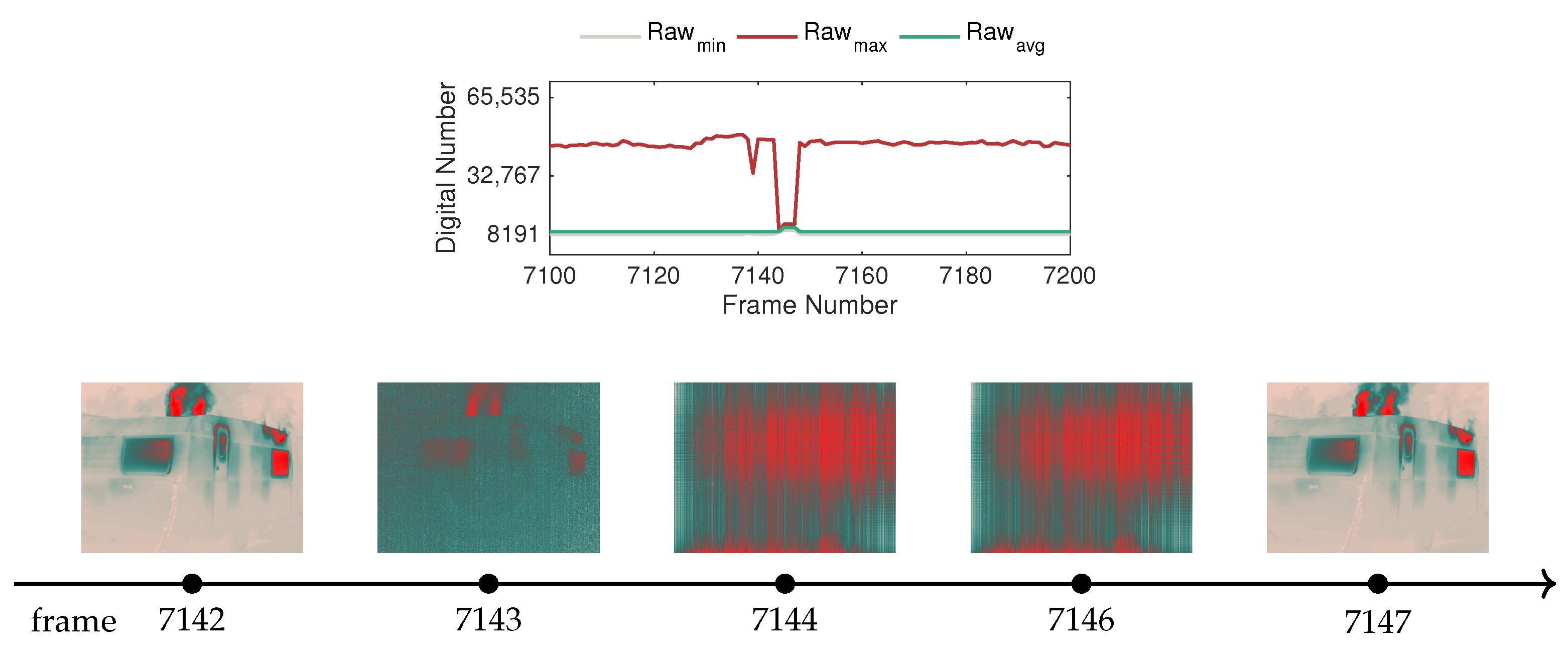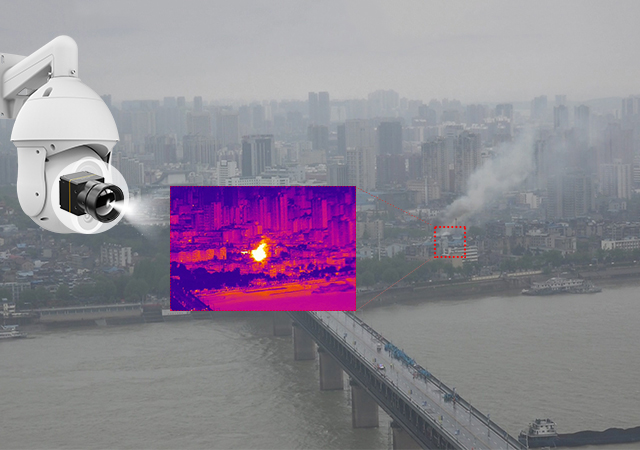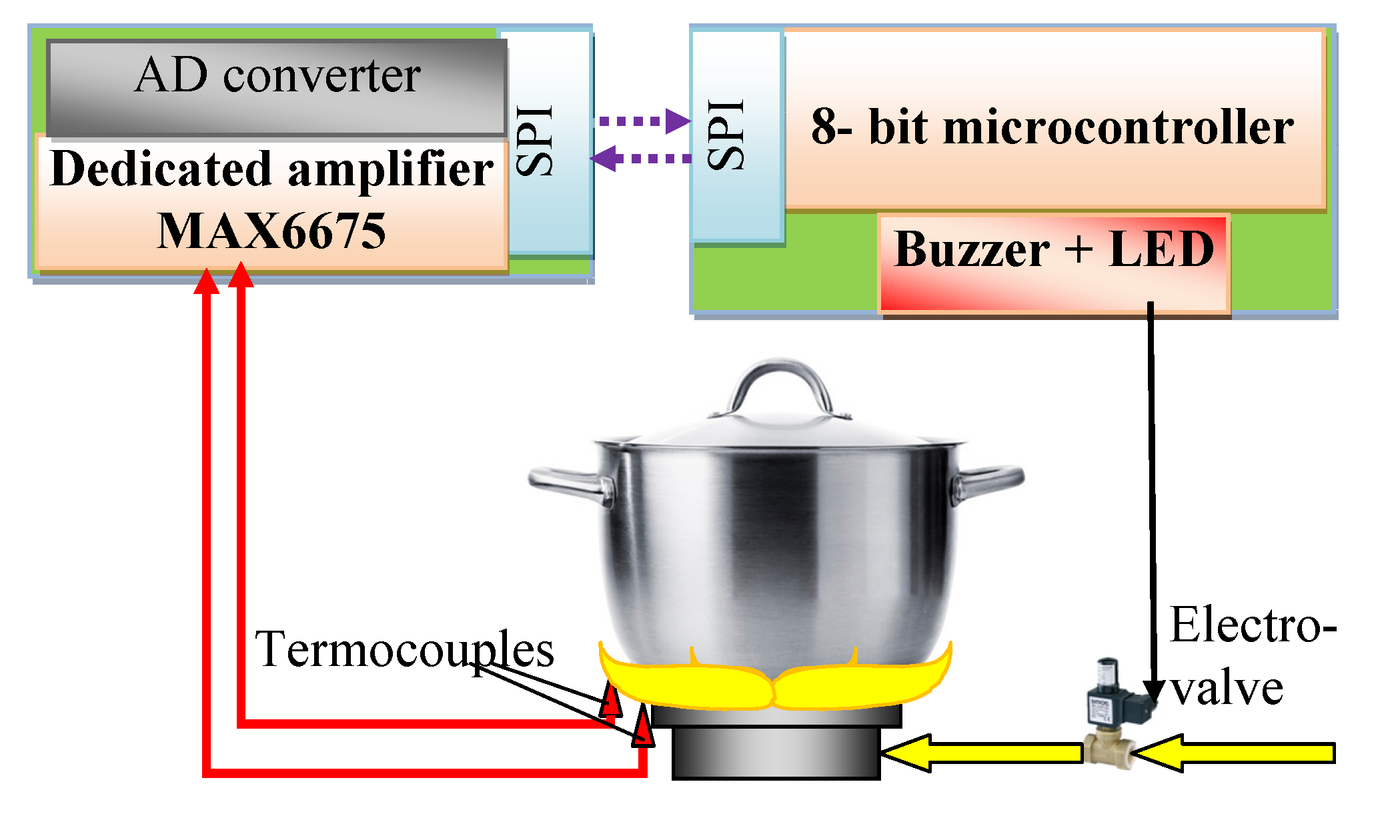Thermal Infrared Sensing for Near RealTime Circuit Diagram How Thermal Sensors Work in Fire Detection. Thermal sensors detect infrared radiation, or heat, emitted by objects. In forest fire detection, these sensors identify heat signatures, which indicate the presence of fire or even smoldering embers that are not visible to the human eye. When temperatures exceed normal levels, the thermal sensor

Advantages of Thermal Cameras in Fire Detection. Thermal cameras are key for preventing forest fires: Detect hotspots through smoke and darkness; Identify potential fire ignition points early; Provide real-time data for quick action; Enable 24/7 monitoring; Types of Thermal Sensors Used in Drones. Drones with thermal cameras have two main A fire detector is a device that detects the presence of a fire.This can be done in several ways, including the following: Smoke detectors use an optical or electrochemical sensor to detect smoke.; Combustible gas detectors use an electrochemical cell or catalytic sensor to detect combustible gases in the air.; Ionization smoke detectors are capable of detecting large and small particles in

How To Make Fire Alarm Using an IR (Infrared) Fire Detector Sensor Circuit Diagram
Beyond an early fire detection system, Thermal Radar™ is capable of covering up to 220 acres with a single unit, fires early, and enabling proactive measures to avert disaster. By rapidly rotating a 360° thermal sensor to detect temperature changes, the Hydra system ensures continuous threat detection around the clock.

Flame sensors included in fire detection systems can be improved by using Infrared (IR) receivers. These sensors detect and receive thermal radiation emitted by flames, and the technology has made them more reliable than older methods. Flame Detection has become easier with these sensors when used in conjunction with IR receivers, as the Photoelectric and Ionization Fire Alarms. The photoelectric detector requires heavy smoke or a smoldering fire to work properly. Heavy smoke from a fire enters a chamber in the alarm with a LED light. The smoke will then deflect light onto a photoelectric sensor, activating the alarm.

Revolutionizing Safety: Thermal Radar™ for Fire Detection Circuit Diagram
Keywords: fire detection, sensor, heat, flame, gas, smoke. 1. Introduction. Bosch et al. carried out fire detection with an infrared thermal imager using spatiotemporal features, and the flame zone is separated by the image threshold using histogram. The infrared method is ideal for fires that have low radiance due to alcohol and hydrogen. Step 4: Test the fire alarm Place the infrared sensor near a heat source (e.g. a lighter or a candle). Once the sensor detects the heat, the LED module and buzzer module will turn on, and the message "Fire detected!" will be printed on the Serial Monitor. To turn off the alarm, move the heat source away from the infrared sensor To create a basic fire alarm system that uses an IR fire detector sensor to detect fire and activate a buzzer powered by a 9V battery. Materials Needed: IR Fire Detector Sensor (Infrared flame sensor) Buzzer (9V or low-power buzzer) 9V Battery and battery clip; NPN Transistor (e.g., BC547 or 2N2222) Resistors (1kΩ for the transistor base)
